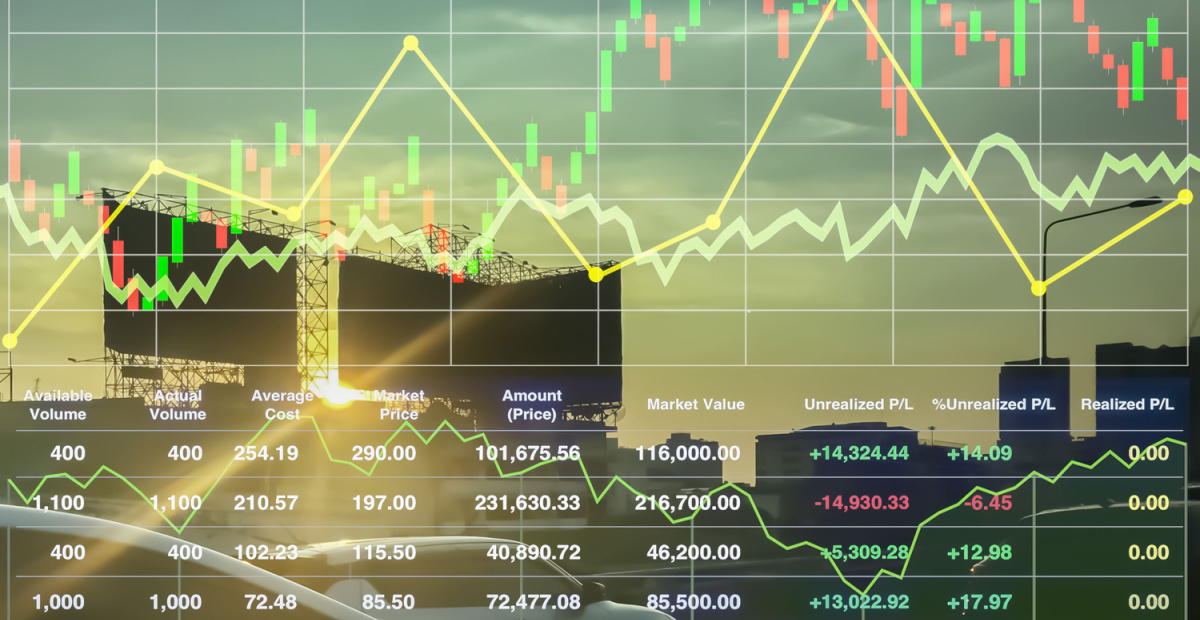Indexed investing sees massive boost, but not all due to ETFs

The latest edition of Rainmaker Information’s Institutional Roundup Report showed an influx in indexed investing in Australia in 2023, hitting almost $760 billion in funds under management (FUM) or 23 per cent of total investment management FUM.
The report also said indexed investing is set to exceed $1 trillion in FUM by 2026 and will account for more than 25 per cent of total investment management FUM. The type of investing has recorded a five per cent increase in market share in the last 10 years, accounting for 18 per cent in 2014.
The report also indicated that the exchange traded fund (ETF) market represents only four per cent of the broader investment market, despite accounting for 18 per cent of total index investment FUM.
“Indexing routinely grows one-third faster than the broad investment market,” Alex Dunnin, Executive Director of Research and Compliance at Rainmaker Information, said.
“Within some asset classes, this will make indexing the default investment style, adding pressure on the business models of active managers.
“It’s clear that the growth of ETFs goes nowhere near explaining the indexing phenomenon. Instead, the power of ETFs is that they dramatically simplify how retail and wholesale investors can access the low-cost, high-value investment sector.”
Of the indexed investing market, equities represented 70 per cent, fixed interest 13 per cent and the remaining share seen across property, cash and alternatives.
Rainmaker’s report also showed just under 80 per cent of indexed FUM can be attributed to growth assets. Within asset classes, 37 per cent of equities total FUM is indexed according to the report (a seven per cent increase in five years); Australian equities notched 29 per cent and international equities recorded 45 per cent. Indexed investing within fixed interest was more muted with 17 per cent, while it accounted for 10 per cent in the other asset classes.
“State Street Global Advisors, Vanguard and BlackRock hold 68% of the indexed FUM market, however this ratio varies greatly by asset class,” Dunnin said.
“The ‘Big-3’ hold 73% in international equities but 58% in Australian equities, while in asset classes with low indexing ratios the ‘Big-3’ concentration is even greater, surpassing 80%.”












In 20 years time, we may very well look back to ‘indexing’ and discover that this was one of the dumbest resource allocation tools ever developed in human history.